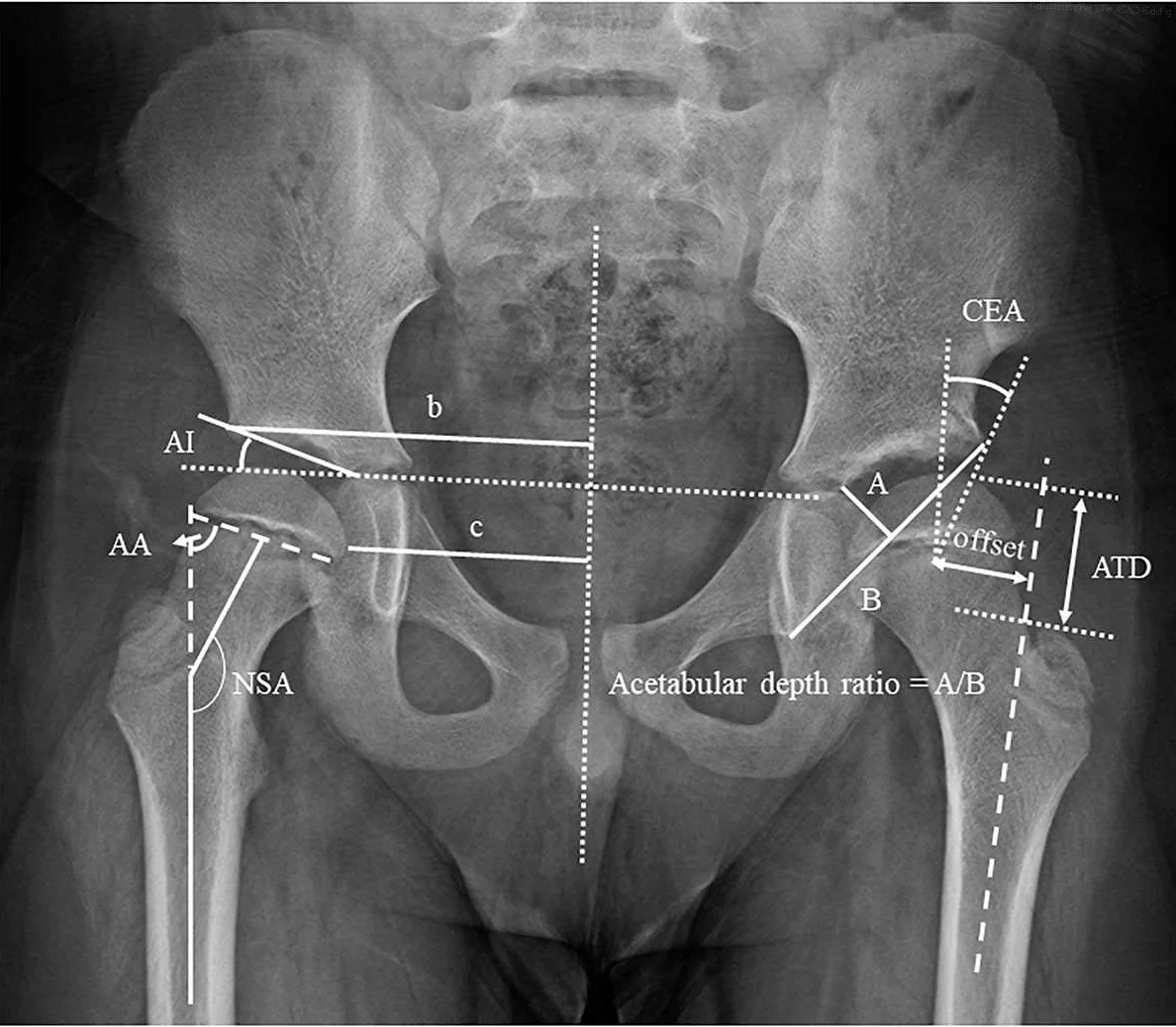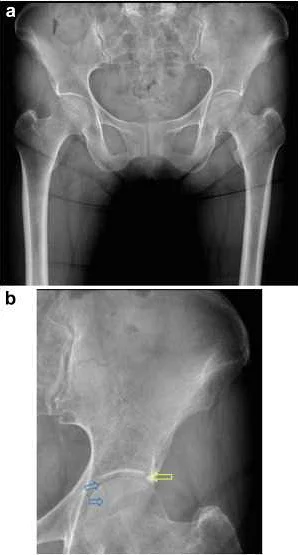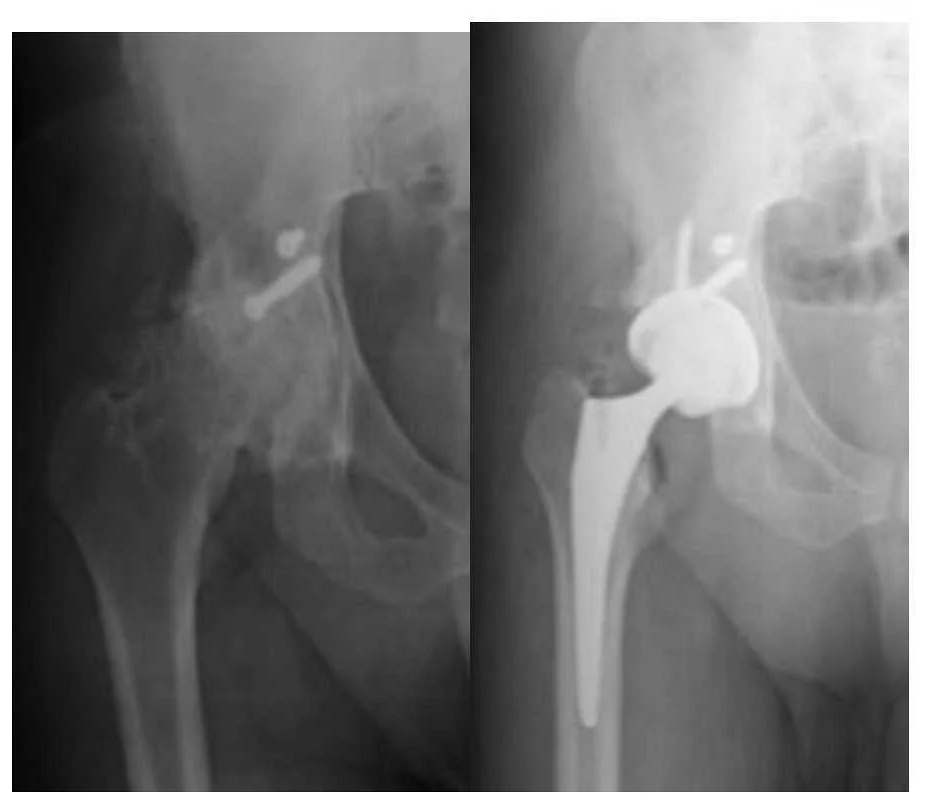Treatment of grade 3 Coxarthrosis: surgical and non-surgical options for hip joint
Содержимое
Discover the various treatment options for grade 3 coxarthrosis, a degenerative condition affecting the hip joint. Learn about surgical interventions as well as non-invasive methods to alleviate pain and improve mobility.
Coxarthrosis Grade 3 is a degenerative joint disease that affects the hip joint. It is characterized by the destruction of cartilage and the formation of bone spurs, leading to pain, stiffness, and reduced mobility. This stage of Coxarthrosis is considered severe, and treatment options may include both surgical and non-surgical approaches.
Non-surgical treatment options for Grade 3 Coxarthrosis focus on managing the symptoms and improving the quality of life. These may include physical therapy, pain medications, assistive devices such as canes or crutches, and lifestyle modifications. Physical therapy aims to strengthen the muscles around the hip joint, improve flexibility, and reduce pain. Pain medications, such as nonsteroidal anti-inflammatory drugs (NSAIDs), can help relieve pain and inflammation. Assistive devices can provide support and help reduce stress on the hip joint. Lifestyle modifications, such as weight loss and avoiding activities that worsen symptoms, can also be beneficial.
However, in some cases, non-surgical treatments may not provide sufficient relief, and surgical intervention may be necessary. Surgical treatment options for Grade 3 Coxarthrosis include joint-preserving procedures, such as hip arthroscopy, and joint replacement surgery, such as total hip replacement. Hip arthroscopy involves using small incisions and a camera to remove damaged tissue and repair the joint. Total hip replacement involves removing the damaged joint and replacing it with an artificial joint. The choice of surgical approach depends on various factors, including the individual’s age, overall health, and the extent of joint damage.
In conclusion, Grade 3 Coxarthrosis requires careful consideration of treatment options. Non-surgical approaches can help manage symptoms and improve quality of life, while surgical interventions may be necessary in severe cases. Consulting with a healthcare professional is essential to determine the most appropriate treatment plan for each individual.
Physical therapy and exercises

Physical therapy plays a crucial role in the management of Coxarthrosis Grade 3. It aims to improve joint function, reduce pain and disability, and enhance overall quality of life. A comprehensive physical therapy program typically includes a combination of exercises, manual therapy techniques, and modalities.
Exercises for Coxarthrosis Grade 3 are designed to strengthen the muscles surrounding the hip joint, improve flexibility, and promote joint stability. These exercises can be performed in various positions, such as lying down, sitting, or standing, depending on the patient’s comfort and ability.
A typical exercise program may include:
| Quadriceps sets | Contracting the quadriceps muscles while keeping the leg straight |
| Straight leg raises | Raising the leg while keeping it straight and holding for a few seconds |
| Clamshells | Lying on the side and opening and closing the knees like a clamshell |
| Bridging | Lying on the back and lifting the hips off the ground |
| Standing hip abduction | Standing upright and moving the leg out to the side |
| Step-ups | Stepping onto a raised platform with one leg and then lowering back down |
| Stationary cycling | Cycling on a stationary bike to improve cardiovascular endurance and leg strength |
In addition to the exercises, manual therapy techniques such as joint mobilization, soft tissue mobilization, and stretching may be used to improve joint mobility and reduce muscle tightness. Modalities like heat or cold therapy, electrical stimulation, and ultrasound may also be incorporated to relieve pain and inflammation.
It is important for individuals with Coxarthrosis Grade 3 to work with a physical therapist to develop a customized exercise program that suits their specific needs and abilities. Regular physical therapy sessions, along with home exercises, can help improve joint function, reduce pain, and maintain a healthy lifestyle. However, it is essential to consult with a healthcare professional before starting any new exercise program to ensure safety and effectiveness.
Medications for pain relief
When it comes to managing pain caused by Coxarthrosis Grade 3, medications can play a crucial role. The following are some commonly used medications for pain relief:
Nonsteroidal anti-inflammatory drugs (NSAIDs)
NSAIDs are commonly prescribed to reduce pain and inflammation. They work by blocking the production of prostaglandins, chemicals that cause pain and inflammation in the body. Commonly used NSAIDs include ibuprofen, naproxen, and diclofenac.
Acetaminophen
Acetaminophen is a pain reliever that is commonly used to treat mild to moderate pain. It works by reducing the production of pain-causing chemicals in the brain. Unlike NSAIDs, acetaminophen does not have anti-inflammatory properties.
Opioids
In cases where other pain medications are not effective, opioids may be prescribed. Opioids, such as codeine and oxycodone, are strong pain relievers that work by binding to opioid receptors in the brain and spinal cord, reducing the perception of pain. However, they should be used with caution due to their potential for addiction and side effects.
Corticosteroids
Corticosteroids, such as prednisone, are potent anti-inflammatory medications that can provide short-term pain relief. They work by reducing inflammation and suppressing the immune system. Corticosteroids can be taken orally or injected directly into the affected joint.
Topical medications
Topical medications, such as creams or gels containing capsaicin or lidocaine, can provide localized pain relief. These medications work by numbing the nerves in the affected area.
Joint injections
In some cases, corticosteroids or hyaluronic acid may be injected directly into the affected joint to provide pain relief and improve joint function. These injections can provide temporary relief and may need to be repeated periodically.
It is important to note that medications should always be used under the guidance of a healthcare professional. They may have potential side effects and interactions with other medications. Your doctor will determine the most appropriate medication and dosage for your specific condition.
Intra-articular injections

Intra-articular injections are a non-surgical treatment option for coxarthrosis Grade 3. These injections involve the injection of medication directly into the affected hip joint to help alleviate pain and improve joint function.
There are several types of medications that can be used in intra-articular injections, including corticosteroids, hyaluronic acid, and platelet-rich plasma. Corticosteroids are powerful anti-inflammatory medications that can help reduce pain and inflammation in the hip joint. Hyaluronic acid is a natural substance found in the joints, and intra-articular injections of hyaluronic acid can help improve joint lubrication and reduce pain. Platelet-rich plasma injections involve using the patient’s own blood, which is processed to concentrate the platelets and growth factors, and then injected into the hip joint to promote healing.
The procedure for intra-articular injections is relatively simple and can be performed in an outpatient setting. The patient will be positioned on the table, and the skin over the hip joint will be cleaned and sterilized. The medication will then be injected into the hip joint using a sterile needle and syringe. The patient may experience some temporary discomfort or pain during the injection.
Intra-articular injections can provide temporary relief from pain and improve joint function in patients with coxarthrosis Grade 3. However, the effects of these injections are typically not permanent, and multiple injections may be required to maintain the desired results. It is important for patients to discuss the potential risks and benefits of intra-articular injections with their healthcare provider to determine if this treatment option is appropriate for them.
| – Non-surgical option | – Temporary relief |
| – Can improve joint function | – Multiple injections may be required |
| – Minimal recovery time | – Potential risks and side effects |
Joint-preserving surgeries

Joint-preserving surgeries are a treatment approach for Coxarthrosis Grade 3 that aim to alleviate pain and improve the function of the hip joint without completely replacing it. These surgeries are typically recommended for patients who still have a good amount of healthy hip joint tissue.
One common joint-preserving surgery for Coxarthrosis Grade 3 is hip arthroscopy. In this procedure, a small camera called an arthroscope is inserted into the hip joint through a small incision. This allows the surgeon to visualize the joint and perform various minimally invasive procedures to repair damaged cartilage and remove any loose fragments.
Another joint-preserving surgery option is hip osteotomy. This procedure involves cutting and repositioning the bones around the hip joint to shift the weight-bearing forces away from the damaged area. By changing the alignment of the hip joint, hip osteotomy can relieve pain and improve joint function.
Core decompression is another joint-preserving surgery that can be used for Coxarthrosis Grade 3. In this procedure, a small hole is drilled into the femoral head to relieve pressure and stimulate the growth of new blood vessels and bone cells. This can help to improve blood supply to the damaged area and promote healing.
Joint-preserving surgeries can be beneficial for patients with Coxarthrosis Grade 3 who want to avoid or delay a total hip replacement. However, the success of these procedures depends on various factors, including the extent of joint damage and the patient’s overall health. It is important for patients to discuss the potential risks and benefits of joint-preserving surgeries with their healthcare provider to determine the best treatment approach for their individual situation.